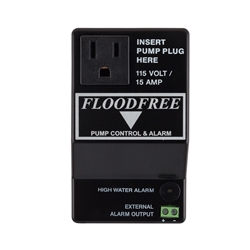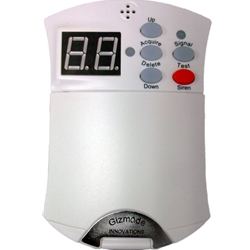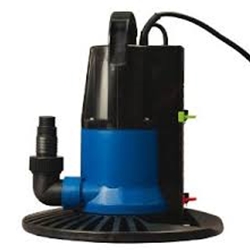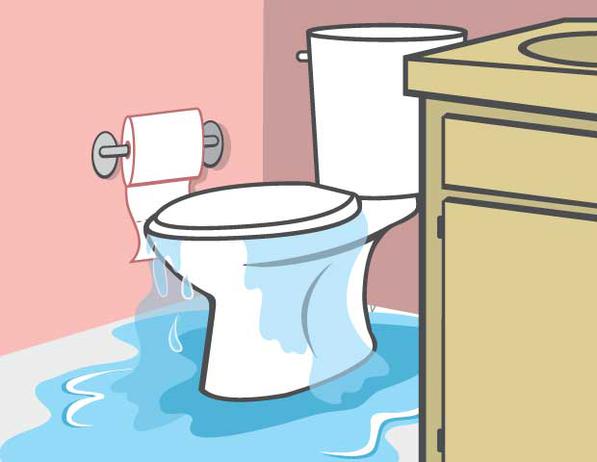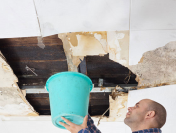Spring is a welcome time of year, except when it brings heavy rains, severe weather and melting snow that lead to a flooded basement. Â If you have ever had to deal with the mess and expense of a wet basement, you know that it is on the short list of a homeowner’s worst nightmares! Â Fortunately, there are some simple steps you can take to prevent a flooded basement and minimize the damage caused by unwanted water. Â Here’s where to start:
1. Â Clear away snow that is near the house
To prevent melting snow from running down basement walls, get out a shovel and move snow piled up around the perimeter of your house back three to five feet.
2. Clean out gutters and downspouts
Remove snow, ice and debris from your roof and gutters so rain water and melting snow can move freely away from the foundation of your home. Properly designed gutters and downspouts should direct water three or more feet away from the house to a well-drained area.  Make gutter cleaning easier and safer with a do-it-yourself gutter cleaning kit that hooks up to your garden hose and lets you clean gutters without getting up on a ladder.
3. Â Install a sump pump
Basements prone to flooding should be equipped with a sump pump to draw water out of the basement and away from the house. Consider installing a sump pump if your home has a history of flooding.  If your home already has a sump pump, make sure the intake valve is not blocked and the sump pit is clean. Test it by pouring water into the pit and checking that the outflow discharges away from the house.
4. Â Add a sump pump alarm in case of a power outage
If there’s a power outage or a mechanical failure, your sump pump won’t work and your basement will be at risk of flooding. That’s why it’s a good idea to include a sump pump alarm in your system.  A sump pump alarm will warn you that sump pump is not functioning and the water level in the sump pit is rising, allowing you time to intervene before your basement floods.
In addition to equipping your sump pump with a sump pump alarm, invest in a battery-powered backup system so your sump pump will continue to pump water even if the power goes out.
5. Set up water alarms to receive alerts of pending water damage
A few strategically-placed water alarms will provide early notifications of water in the basement caused by seeping rain water or plumbing leaks. There are a range of affordable water alarm systems available that will alert you via a loud siren or remotely via a phone call, text message and/or email for times when you aren’t home to hear an alarm.
6. Â Install window well covers
7. Â Inspect for cracks in your foundation
The most common causes of basement leaks are cracks in the foundation that let water enter during a storm. Inspect your basement and repair any cracks. Minor cracks can be repaired easily from within with caulking. More severe cracks may require a hiring a professional to to waterproof your basement.
Other tips to minimize damage of a flooded basement
Moisture, mold and water damage from a flooded basement are constant threats. Â Move anything stored in your basement that is not waterproof to higher ground or onto a shelf and relocate important papers and valuables to an upstairs room, closet or attic.
Review your property insurance policy and consider additional coverage, especially if you have a finished basement. Only flood insurance covers flood damage. Â And remember that it typically takes 30 days for a new flood insurance policy to go into effect, so get your policy now.
If the drainage on your entire lot is poor, consider regrading the property and altering your landscaping to keep water from flowing towards your house.



